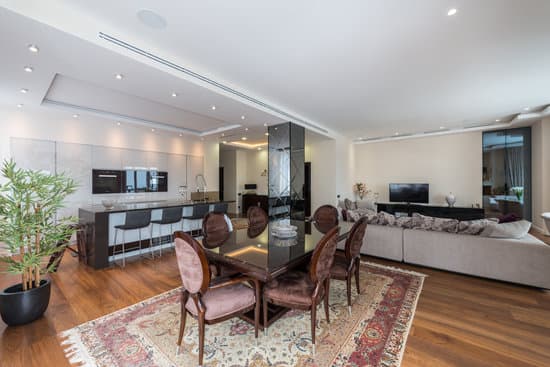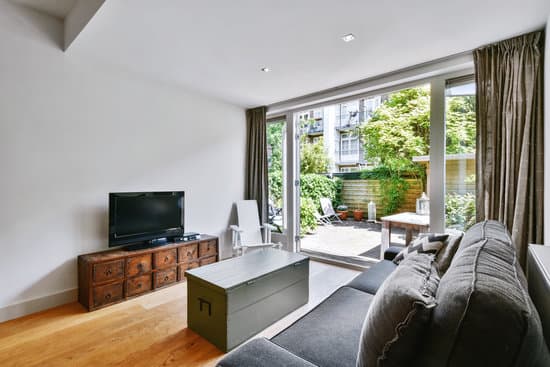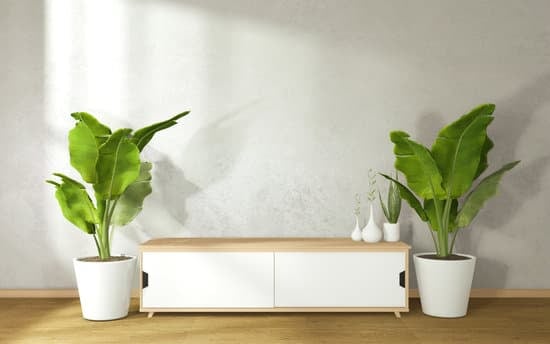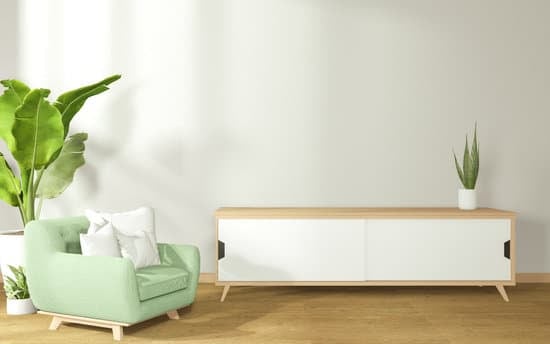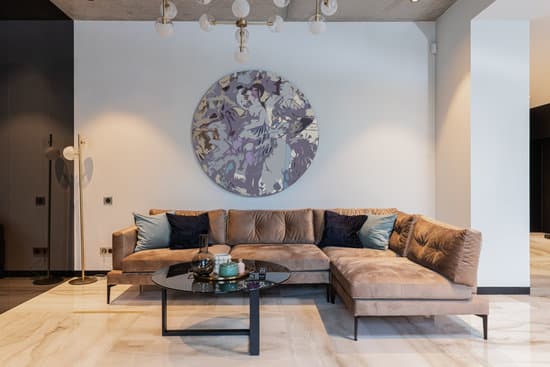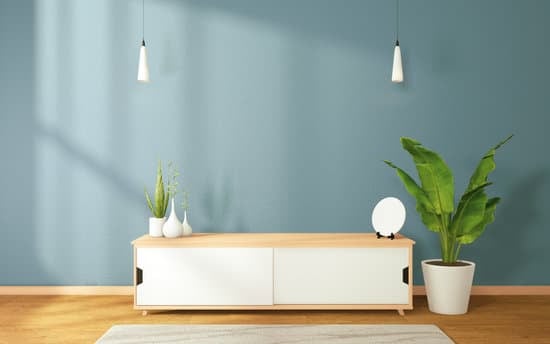Are you struggling to find the perfect arrangement for your area rug in the living room? Look no further! This article will guide you through the process of choosing the right size, determining placement, and creating a cozy conversation area. We’ll also provide styling tips for different living room layouts, so you can effortlessly accentuate your furniture and focal points. Get ready to transform your living room into a safe and stylish haven with these easy-to-follow steps.
Choosing the Right Size for Your Area Rug
You should start by measuring the size of your living room to determine the right size area rug for it. This is important because an incorrectly sized rug can create a tripping hazard or make your space look awkward. When choosing the right size, consider leaving at least 12-18 inches of floor exposed around the edges of the rug. This will help define your living area while also preventing any potential accidents. Additionally, think about the material of the rug and how easy it will be to clean. Opt for materials that are durable and stain-resistant, especially if you have children or pets in your home. Regular vacuuming and occasional professional cleaning will help maintain its appearance and prolong its lifespan.
Determining the Placement of Your Area Rug
When determining where to place your rug in the living area, consider the layout and furniture placement. To ensure safety and create a cohesive look, follow these guidelines:
- Rug placement for open concept living spaces: In an open concept space, use rugs to define different areas. Place a large rug under the main seating arrangement to anchor the space and create visual separation.
- Incorporating rugs in small living room designs: In a small living room, choose a smaller rug that fits just under the front legs of the furniture. This will help make the room appear larger while still providing comfort underfoot.
- Make sure rugs are not blocking any walkways or doorways to prevent tripping hazards.
- Use rug pads or non-slip mats underneath your rugs to keep them securely in place and prevent slips or falls.
By following these tips, you can arrange your area rug in your living room safely and stylishly regardless of its size or layout!
Creating a Cozy Conversation Area
To create a cozy conversation area in your home, consider using soft lighting and comfortable seating arrangements. Start by adding decorative accents like throw pillows and blankets to your seating area. These not only add visual interest but also provide extra comfort. For lighting options, opt for warm and ambient lights instead of harsh overhead lighting. This will create a more inviting atmosphere and make everyone feel relaxed. You can use table lamps with soft shades or floor lamps with adjustable settings to control the intensity of the light. Place these lights strategically around the conversation area to ensure adequate illumination without overpowering the space. By incorporating these elements, you’ll be able to transform your living room into a warm and inviting space perfect for intimate conversations with family and friends.
Accentuating Furniture and Focal Points
If you want to enhance your furniture and draw attention to focal points in your space, consider using decorative accents like vibrant artwork or unique sculptures. These accents can add a pop of color and personality to your living room. Choosing complementary colors is key when incorporating these accents. Look for colors that will complement the existing hues in your space, creating a cohesive and visually appealing look. Incorporating texture is another way to accentuate furniture and focal points. Consider adding a plush throw blanket or textured pillows to your sofa or chairs. These elements not only provide visual interest but also invite comfort and coziness into the room. By carefully selecting decorative accents that complement the colors in your space and incorporating texture, you can create a cozy conversation area that showcases your furniture and draws attention to focal points in the room.
Styling Tips for Different Living Room Layouts
For a more open and spacious feel, consider opting for a minimalist living room layout. This type of layout focuses on simplicity and clean lines, which can help create an airy atmosphere. When styling your living room with a minimalist approach, it’s important to pay attention to the lighting options and color schemes. To enhance the open feel of the space, choose lighting fixtures that provide ample brightness without being too harsh. Consider using neutral or light-colored walls and furniture to further accentuate the minimalist style. Incorporate pops of color through decorative accents like throw pillows or artwork. Remember to keep clutter to a minimum by utilizing storage solutions such as hidden compartments or shelving units. By following these tips, you can achieve a stylish and safe living room layout that maximizes space while maintaining a serene ambiance.
Conclusion
So, as you can see, arranging an area rug in your living room is not as difficult as it may seem. By choosing the right size, determining the placement, creating a cozy conversation area, and accentuating furniture and focal points, you can transform your living room into a stylish and comfortable space. Remember to consider the layout of your living room and follow these styling tips accordingly. With a little bit of effort and creativity, you can achieve a beautiful and inviting look for your living room with an area rug.

